Welcome to On Verticality. This blog explores the innate human need to escape the surface of the earth, and our struggles to do so throughout history. If you’re new here, a good place to start is the Theory of Verticality section or the Introduction to Verticality. If you want to receive updates on what’s new with the blog, you can use the Subscribe page to sign up. Thanks for visiting!
Click to filter posts by the three main subjects for the blog : Architecture, Flight and Mountains.
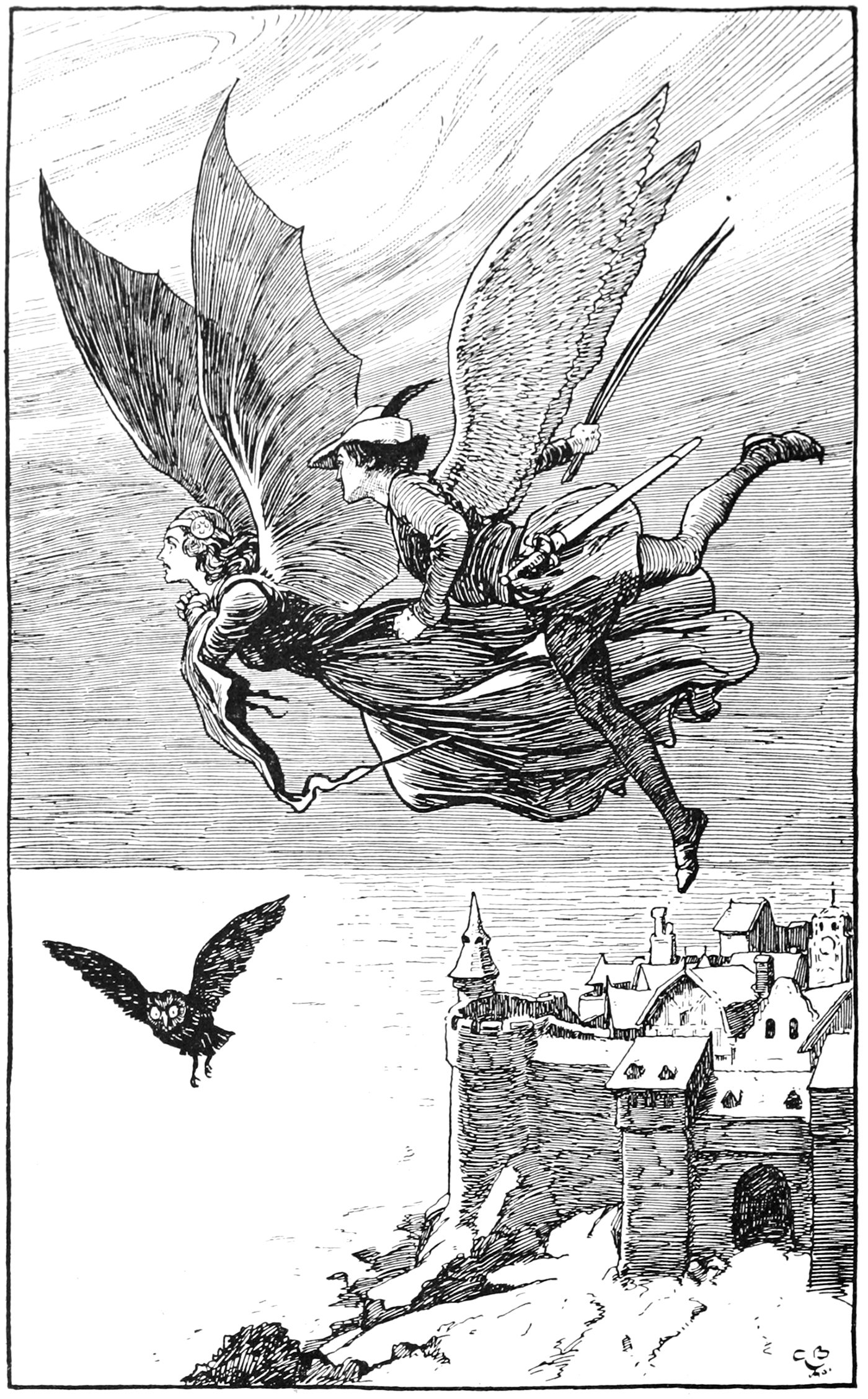
The Traveling Companion
The Traveling Companion is a fairy tale written by Hans Christian Andersen in 1835. It follows the travels of a man named John, and how he comes to marry a princess. Along the way, he meets a traveling companion who helps him in various situations, and one of his defining features is his ability to fly.
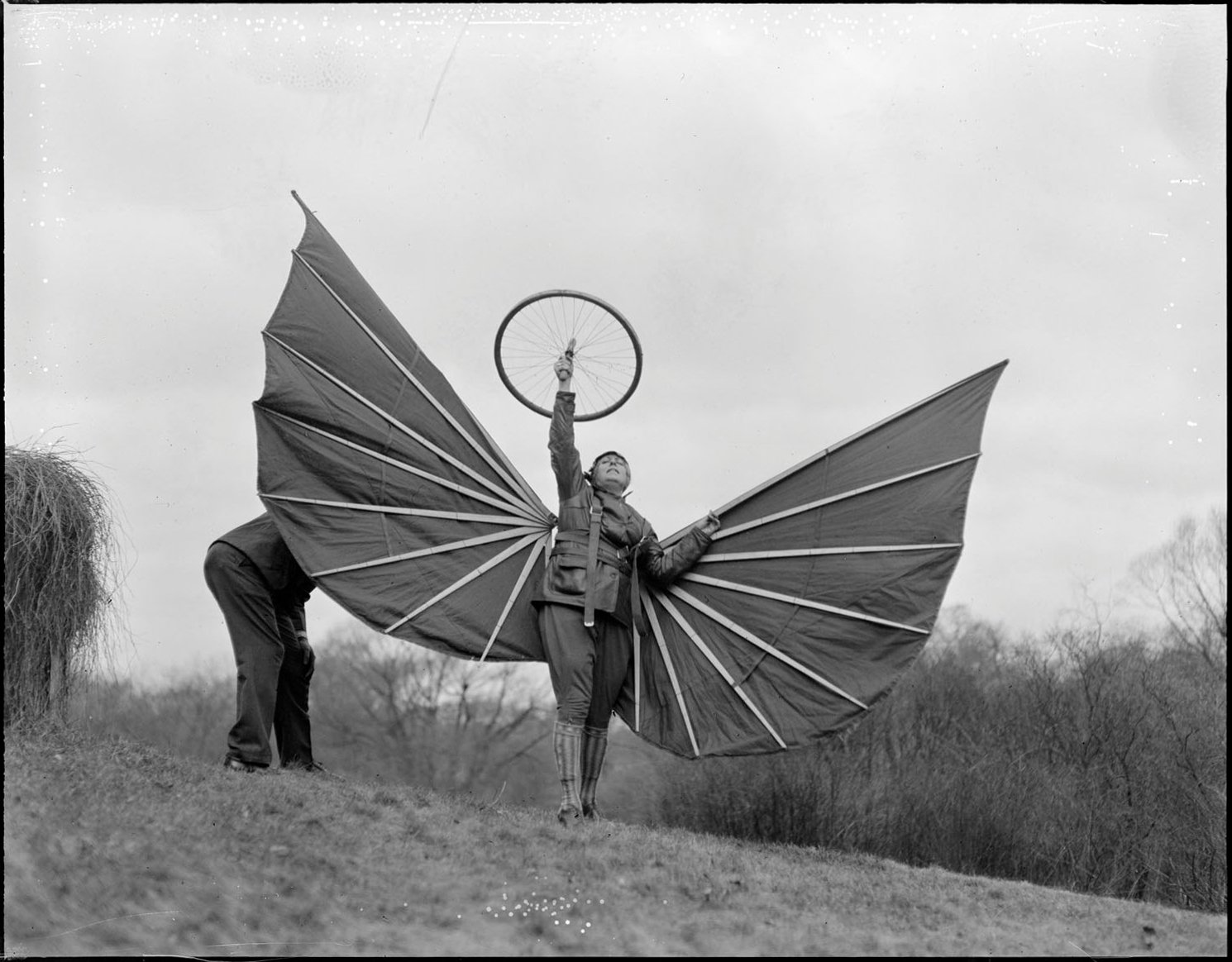
Madame Helene Alberti’s Cosmic Wings
Pictured here are two photographs from 1931 showing a winged glider designed by Madame Helene Alberti. Alberti was a well-known opera singer who studied human flight after retiring from the opera. She believed in the Ancient Greek laws of cosmic motion, and believed humans can fly by their own strength after learning to use these laws.
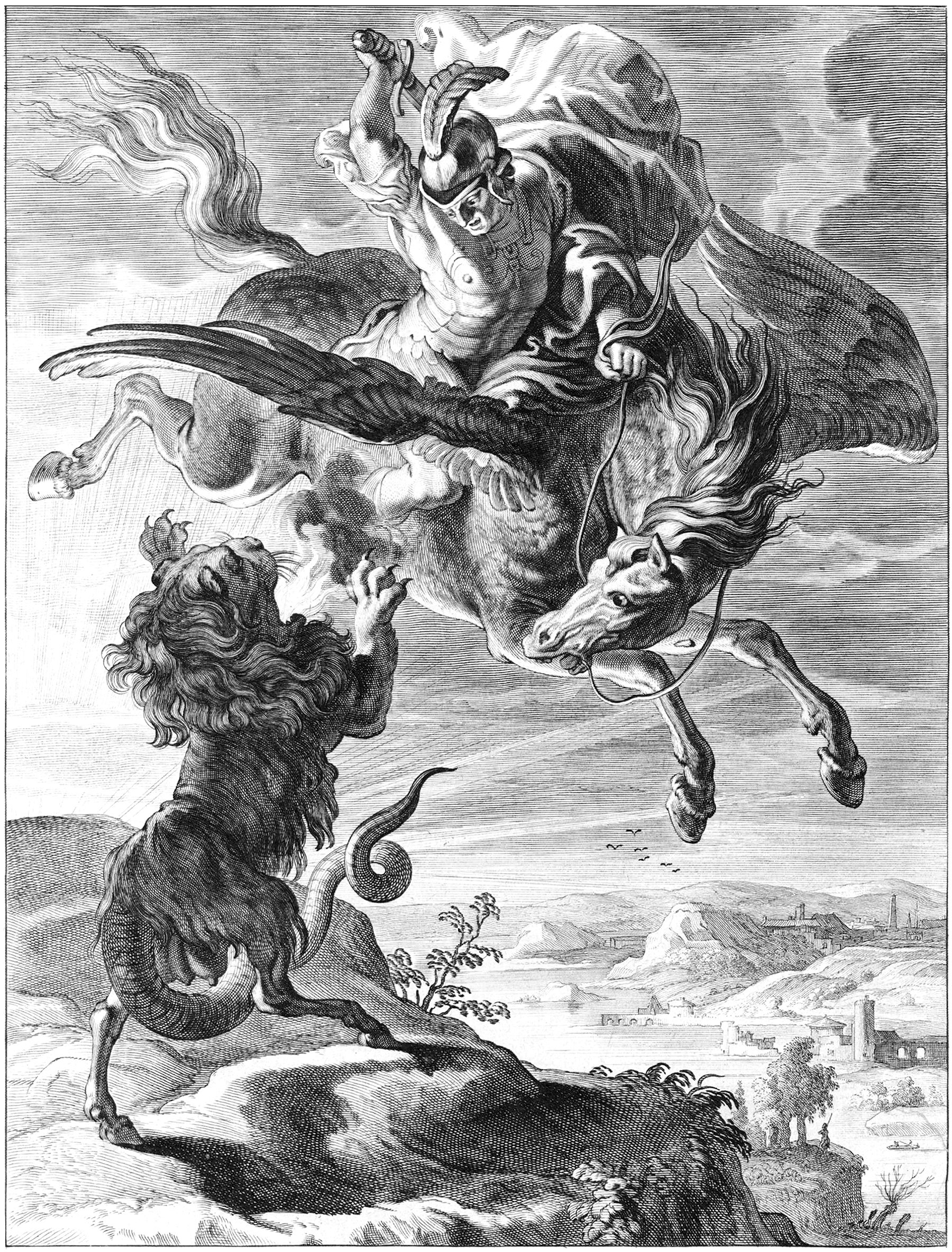
The Myth of Pegasus and Bellerophon
Pictured above is a scene from ancient Greek mythology, showing the hero Bellerophon fighting the monstrous Chimera, with help from his winged-horse Pegasus. It serves as a dramatic climax in the story of the hero and his winged companion, and it’s one of many examples showing the power of verticality within ancient Greek mythology.
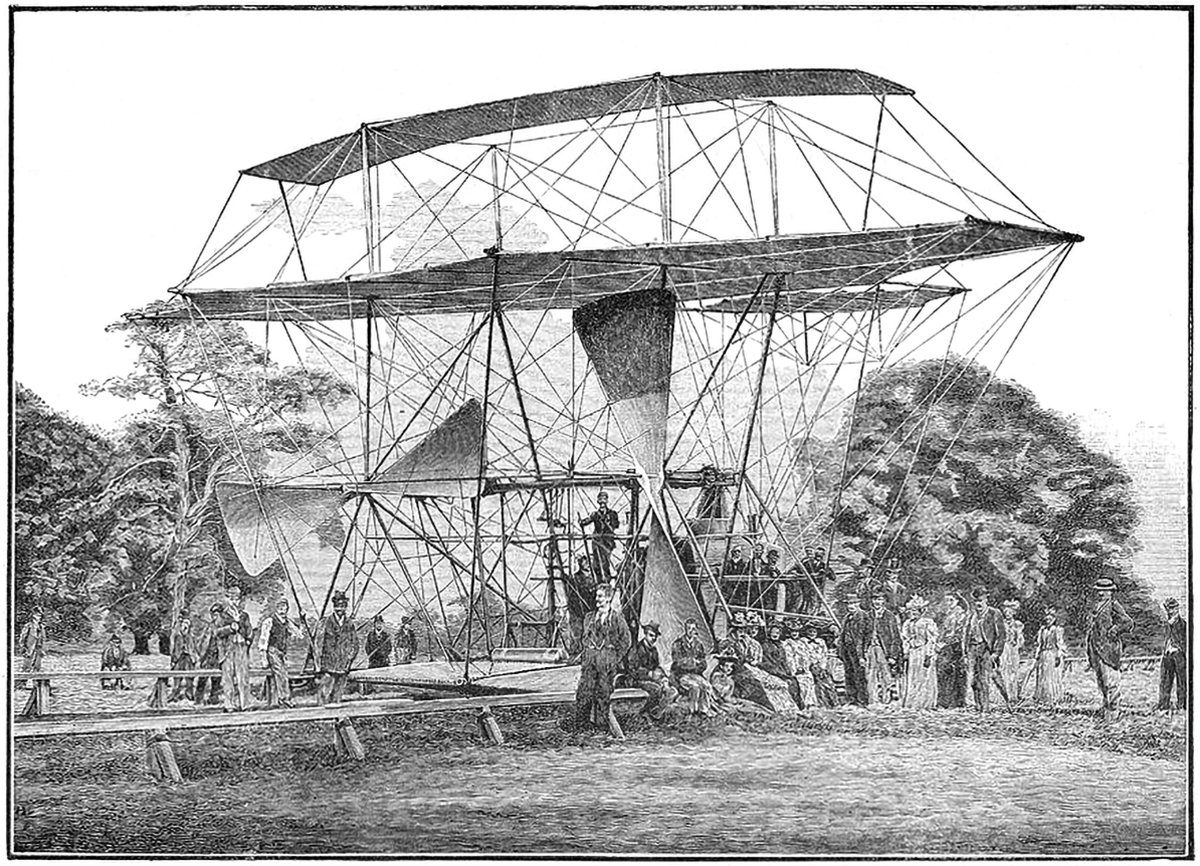
Hiram Maxim’s Flying Machines
Hiram Maxim was a prolific inventor who is best known as the inventor of the first automatic machine gun, as well as a series of flying machines he built and tested between 1889 and 1894. Pictured above is one of his later designs. It consisted of a series of wings tied together with a web of struts and cables, powered by a pair of massive wooden propellers.
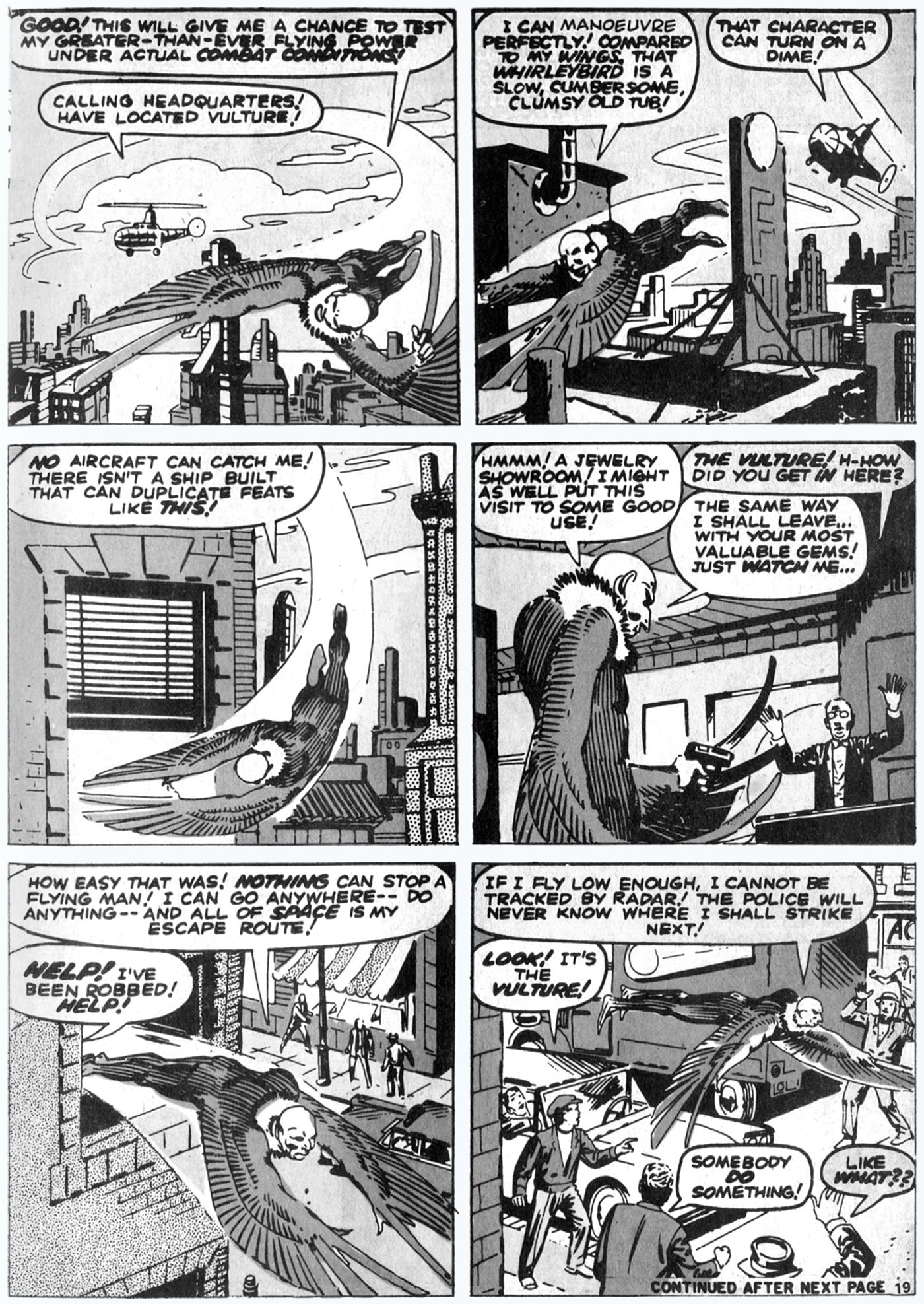
Nothing can stop a flying man!
In many ways, comic books function as folk tales for modern society. They tell stories of the eternal conflict of good and evil, with super-human characters who can do things common people can’t. Of these abilities, the most common is flight. The ability to fly is something every person understands, and it gives any character an immediate and excessive advantage over anyone who can’t. Pictured above is a page from a Spider-Man comic from 1973, showing the villain testing out his newly-acquired flying power.
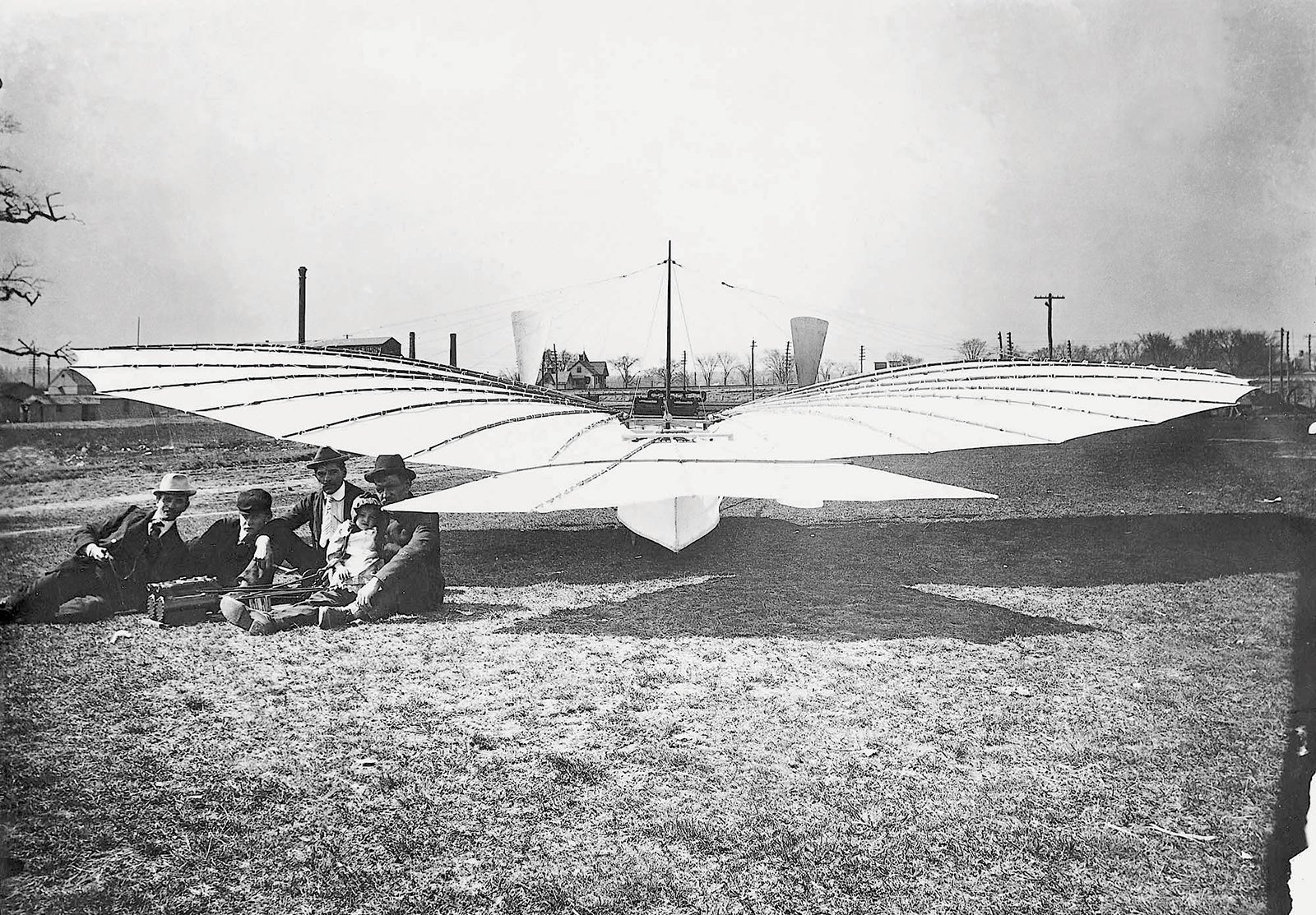
Gustave Whitehead’s Flying Machines
Gustave Whitehead was a German-born aviation pioneer that emigrated to the United States in 1893. He subsequently built and tested a number of flying machines, and some believe he achieved the first ever powered, controlled flight. As with most claims of this nature, it’s a difficult thing to prove and will most likely always have controversy surrounding it. Because of this, his machines and the alleged flights they took have a sense of mystery about them. To add to this mystery, Whitehead experimented with many different types of machines, including both manned and unmanned machines and both gliders and self-powered machines.
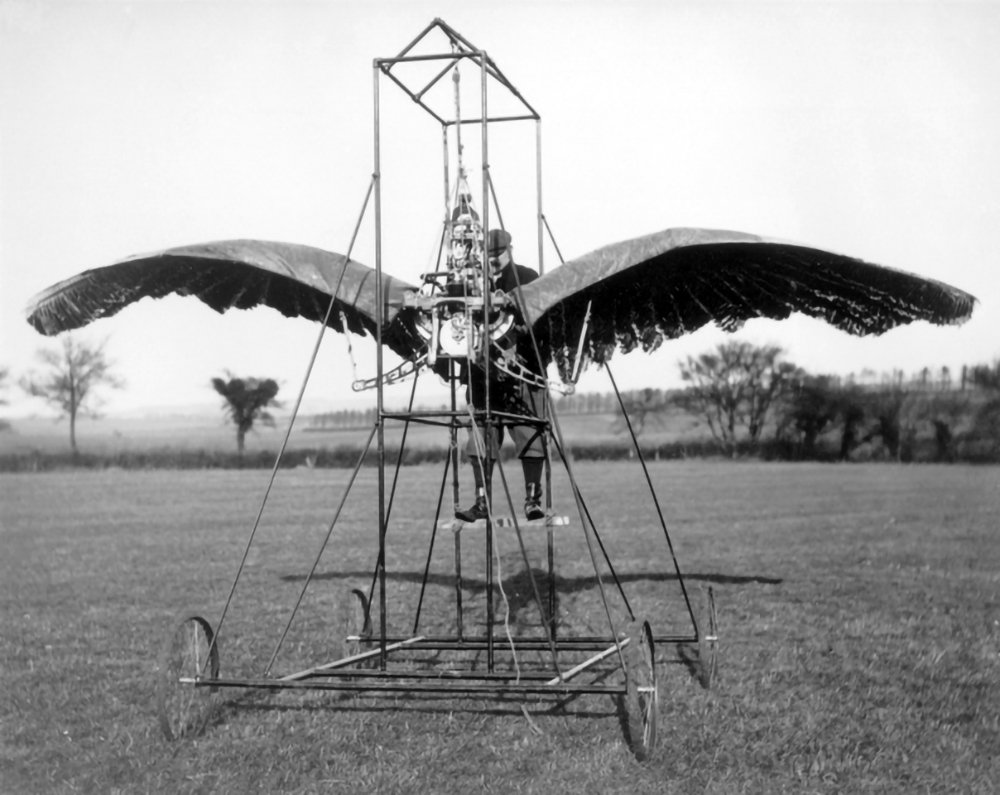
E.P. Frost’s Ornithopters
Pictured above is a photo of E.P. Frost’s second ornithopter prototype. It consisted of a large a pair of wings and a metal scaffold, and it was powered by an internal combustion engine. According to Frost, the machine successfully achieved liftoff under its own power in 1904. This wasn’t a sustained flight, however, but rather a jump or a hop.
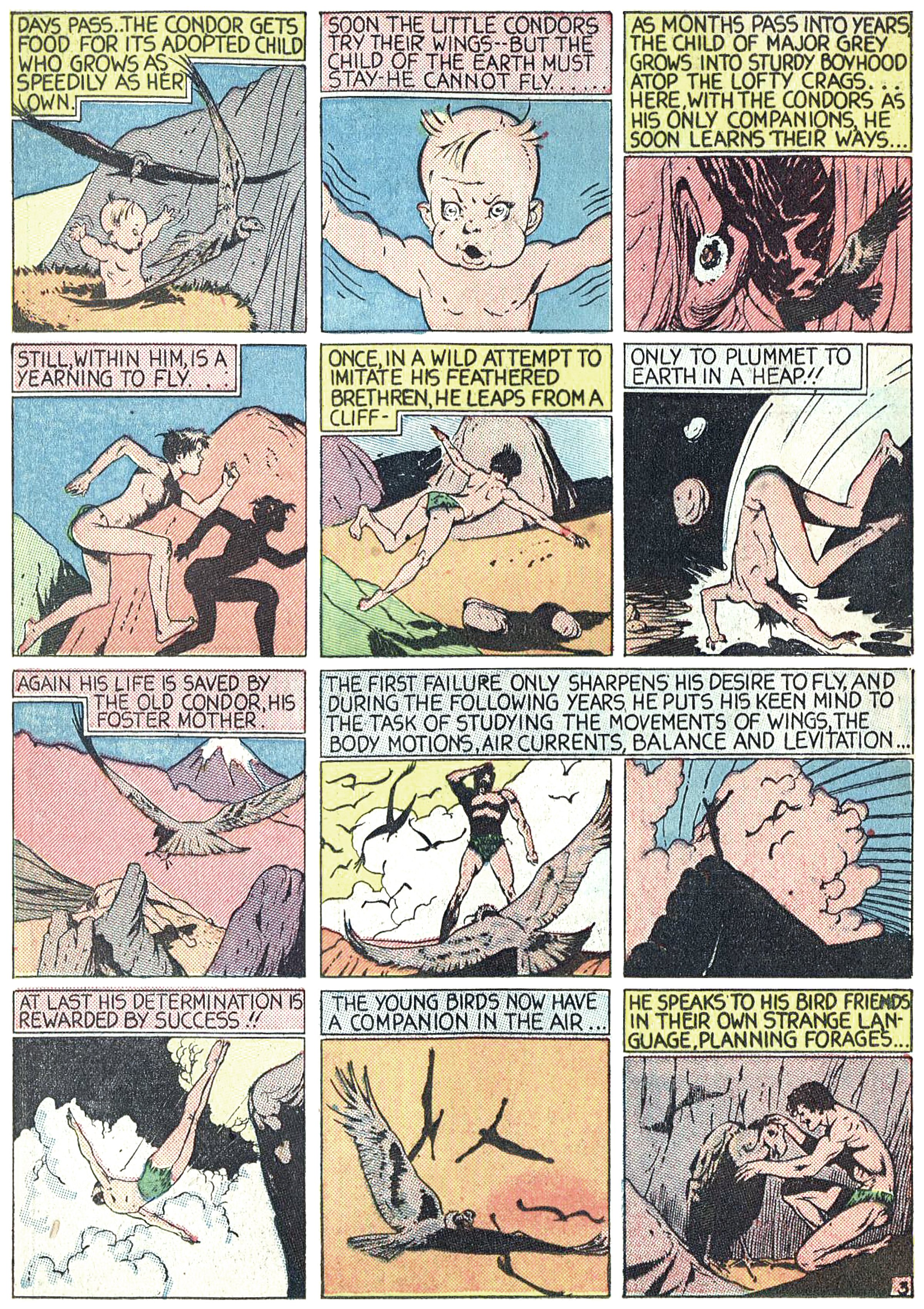
The Black Condor : The Man Who Can Fly Like A Bird
The first failure only sharpens his desire to fly, and during the following years, he puts his keen mind to the task of studying the movements of wings, the body motions, air currents, balance and levitation.
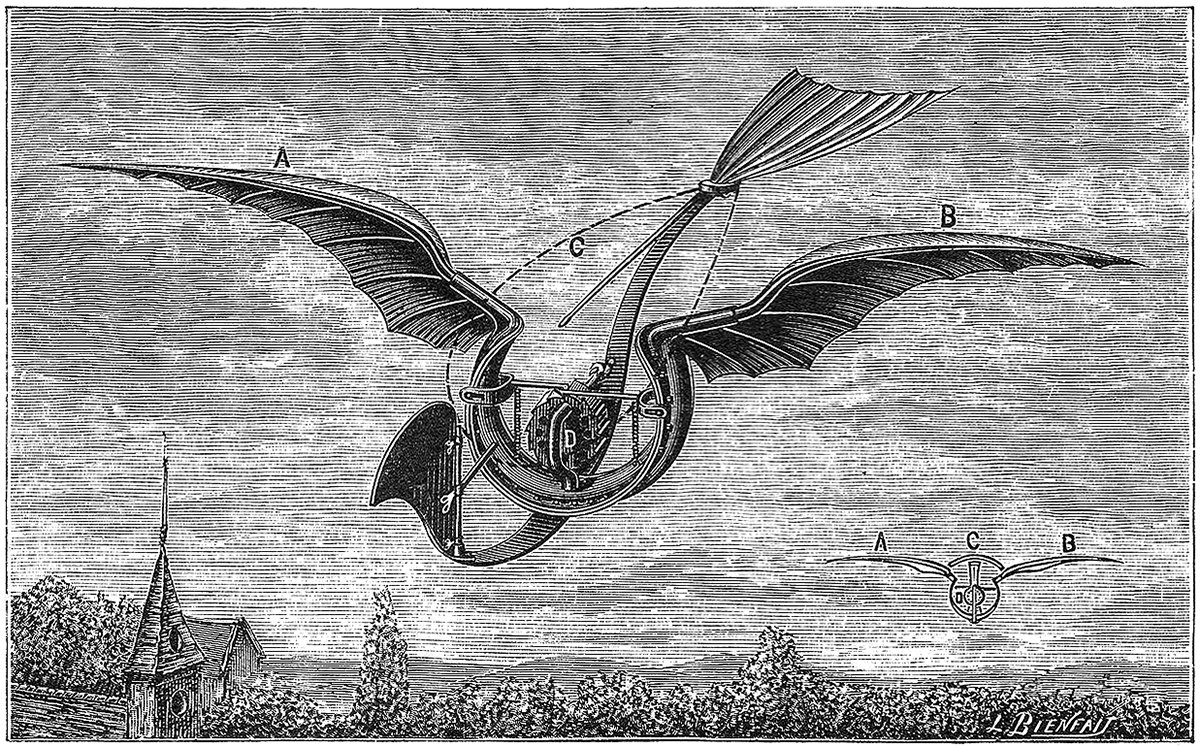
Gustave Trouvé’s Flügelflieger
Pictured above is an ornithopter design from 1891 by French polymath and inventor Gustave Trouvé. It was called the Flügelflieger, which means winged flyer in German. It featured a pair of wings, a tail, a front rudder, and it was powered by a centrally-placed rapid-succession gun cartridge. Due to the gunpowder charges, the machine was quite loud when flapping. It did work though; according to Trouvé it made a successful flight of 80 meters (262 feet) on 24 August 1891.
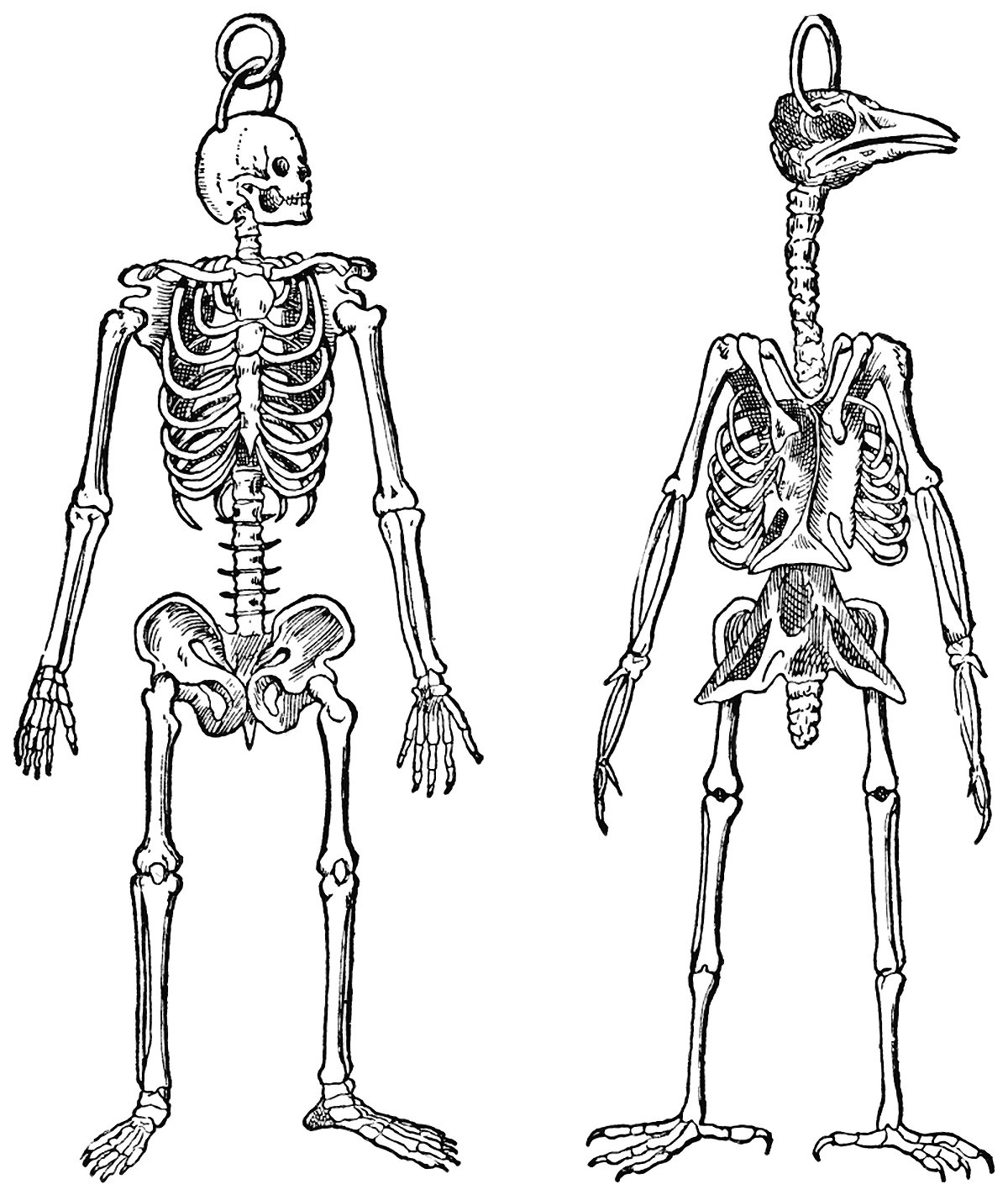
The Skeletons of a Man and Bird
Pictured above is a comparison between the skeleton of a human and a bird. What I find fascinating about this image is the choice of the artist to position the bird in a bipedal stance. I suspect this was done just to ease the comparison, but in a way it undermines the birds power of flight. This is an animal who is at home when in the open air, but here the bird is shown with its feet firmly planted on the ground, much like a human. The playing field has been leveled, so to speak, which puts the bird at a specific disadvantage.
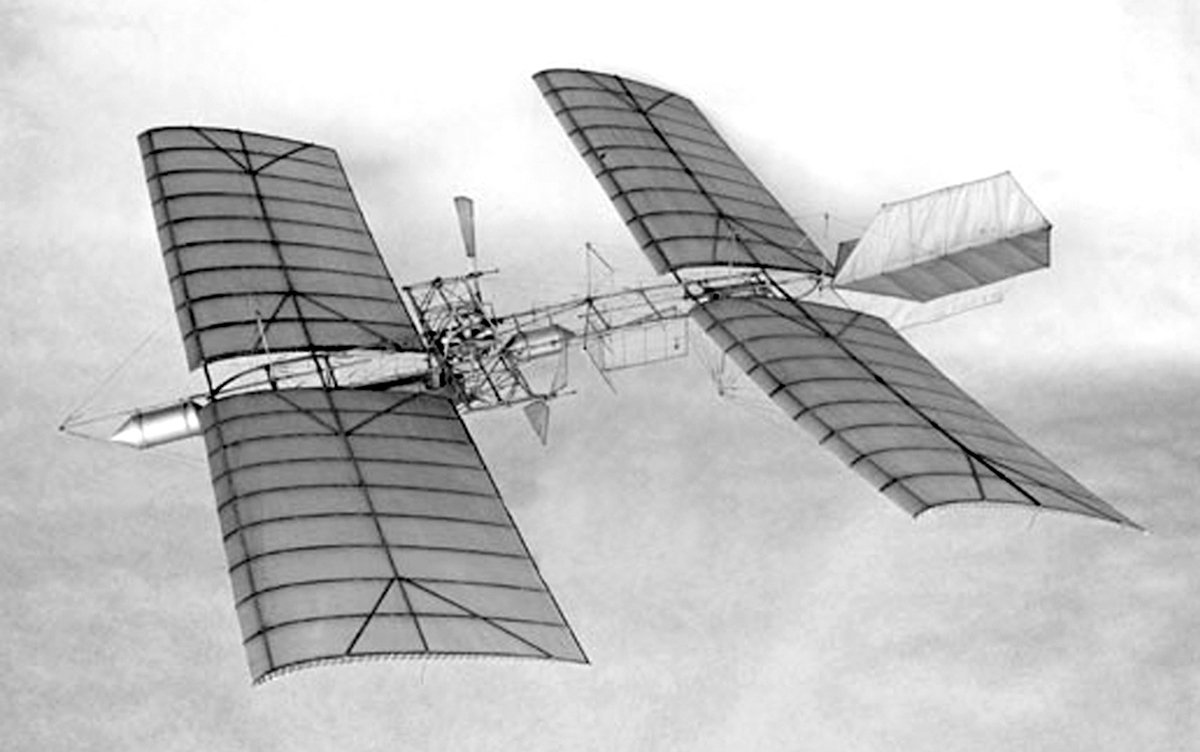
Samuel Langley’s Aerodrome
Samuel Langley was an astronomer and physicist who was the third secretary of the Smithsonian Institution. He was also a pioneer of aviation, most famous for his designs of the Langley Aerodrome, which he built and tested from 1901 to 1903. Pictured above is a photo of his Aerodrome No. 5, which was a pilot-less model that had success flying. Langley was unable to repeat this success with larger, piloted designs, however.
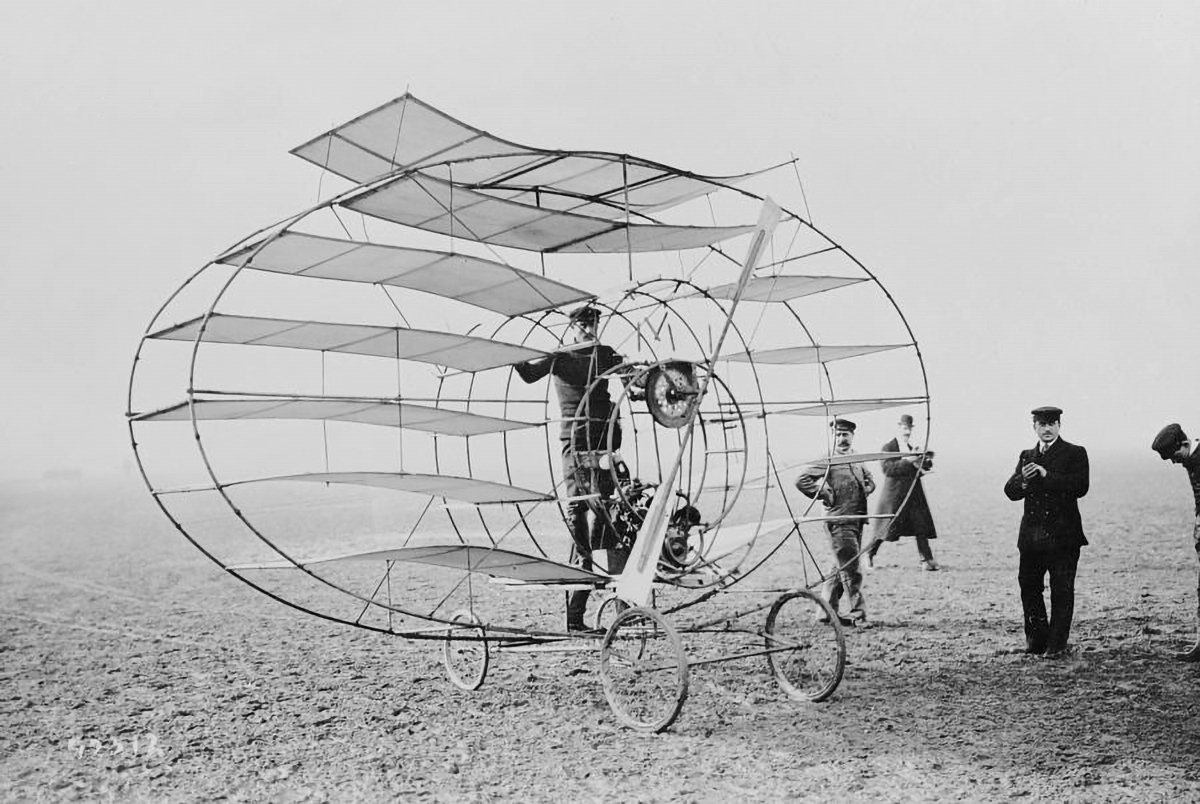
The Marquis Multiplane
If two wings can provide enough lift to make an aircraft fly, surely adding more wings must make it fly even better, no? It’s a silly question by today’s standards, but in the early days of flight it was a legitimate inquiry to be studied. One man who decided to test the theory was Marquis d'Ecquevilly, and pictured above is the Marquis Multiplane which he designed in 1908.
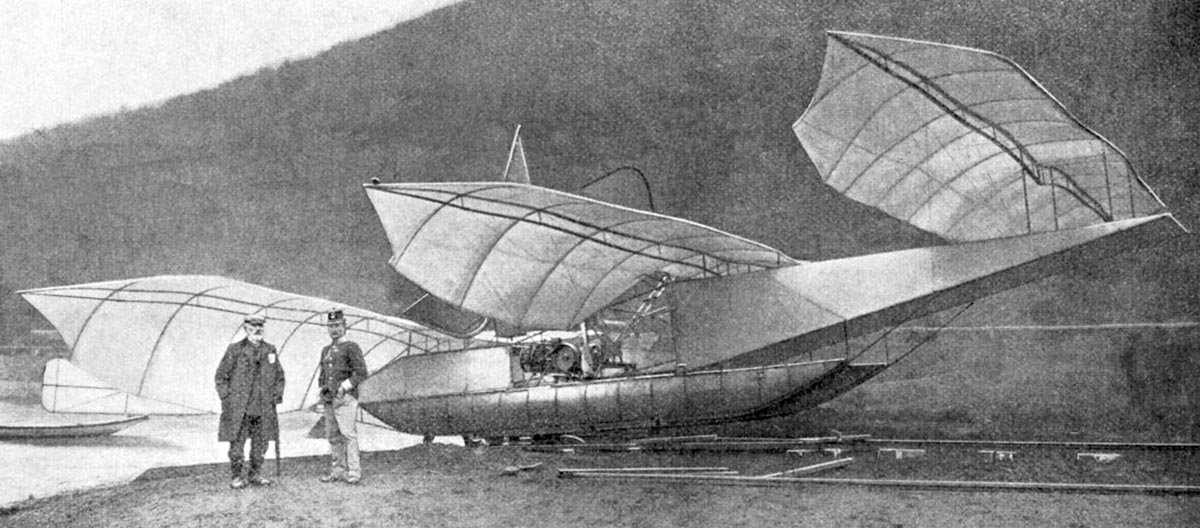
Wilhelm Kress’ Drachenflieger
Pictured above is the Drachenflieger, which was an experimental aircraft designed in 1901 by Austrian engineer Wilhelm Kress. It’s name means Dragon Flyer in German, and it was an attempt by Kress to build the world’s first heavier-than-air flying machine. The craft consisted of a central undercarriage and three large pairs of wings, each set at a different height so they wouldn’t interfere with one another. It was meant to take off and land on the water, so Kress designed it to rest on two pontoons.
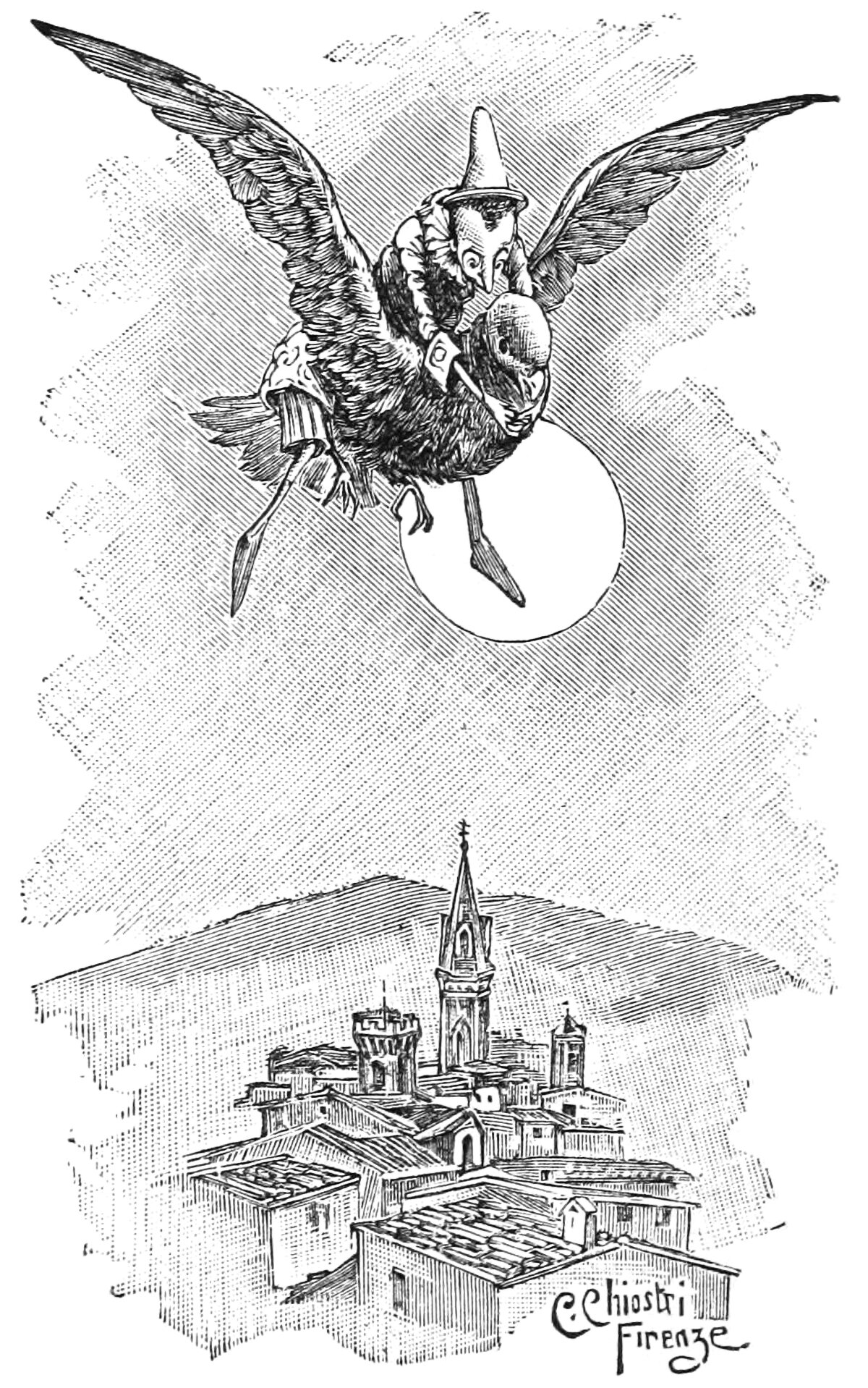
Pinocchio’s Feathered Steed
Folklore and fantasy are full of references to the power of flight. These references usually take one of two different forms. The first are characters who can actually fly, and the second are characters who fly by means of another creature. Examples of the first are fairies, angels, cherubs, and seraphs, among many others. The illustration above shows an example of the second. It’s from Carlo Collodi’s 1883 children’s book The Adventures of Pinocchio, when the titular character hitches a ride on the back of a giant pigeon.
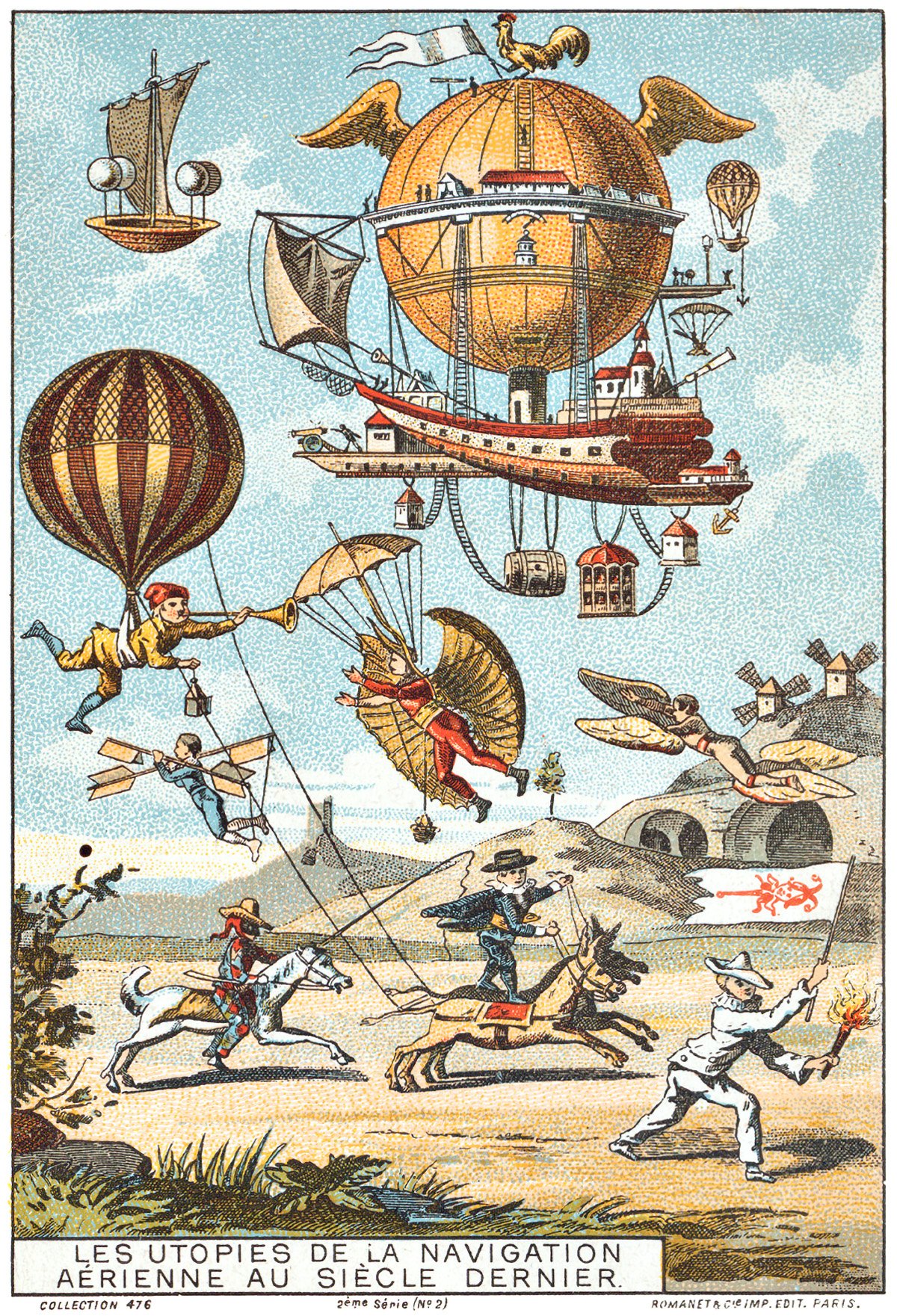
Utopian Flying Machines of the Previous Centuries
Pictured above is a French illustration from 1890, showing a collage of French flying machine ideas from the previous few centuries. The caption reads Les Utopies de la Navigation Aérienne au Siècle Dernier, which means The Utopia of Air Navigation in the Last Century. There are six flying machine ideas shown together in the sky.
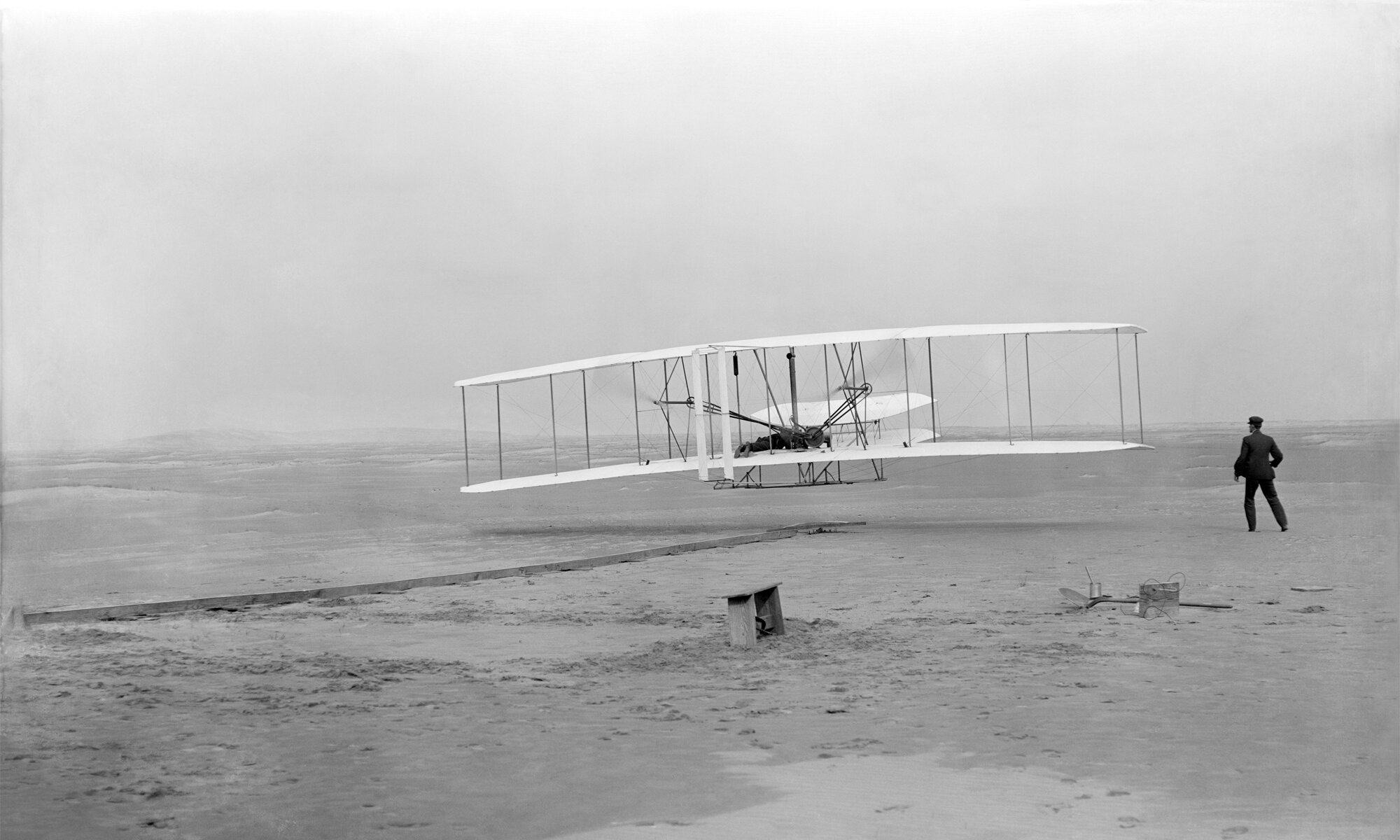
The Wright Flyer and the World’s First Powered Flight
Upon a flat plain outside the town of Kitty Hawk, North Carolina on December 17, 1903, a home-made flying machine lifted off the ground into a headwind. It landed twelve seconds later and 37 meters (120 feet) away from its launch point. This short distance marked the first time in the history of humankind that a manned, heavier-than-air craft had flown under its own power. This event would cement its creators into the pantheon of technological pioneers and make them a household name.
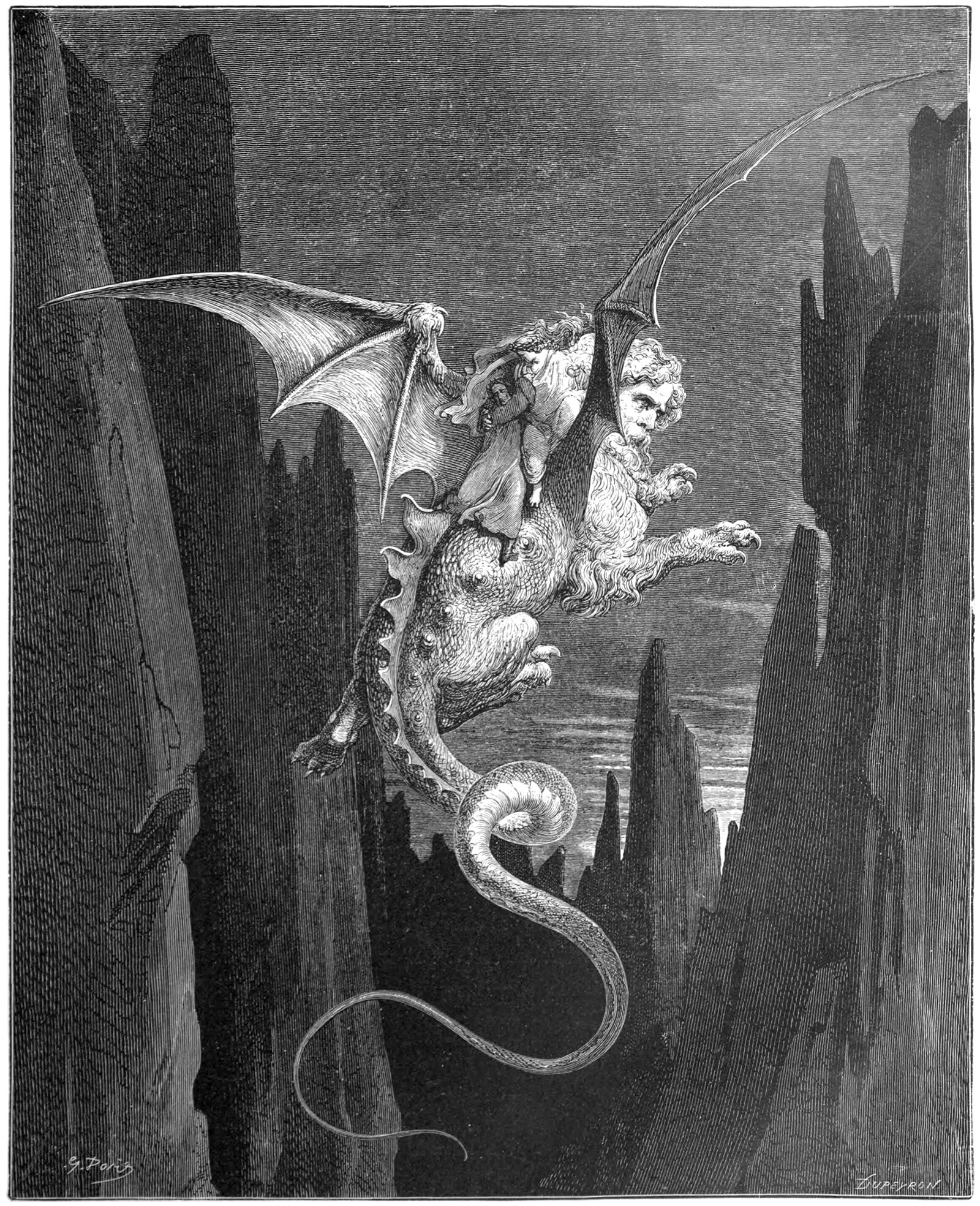
The Flight of Geryon
The above illustration by Gustave Doré shows a scene from Dante’s Divine Comedy. The epic poem follows Dante and Virgil as they pass through Inferno, Purgatorio and Paradiso, and it deals with the concepts of Heaven and Hell, as well as the Seven Deadly Sins. This scene is from Canto XXVII of Inferno, when Dante and Virgil mount the back of the great beast Geryon and fly down from the seventh to the eighth circle of hell.

Octave Chanute’s Glider Designs
Pictured above is a twelve-winged glider designed by Octave Chanute in 1896. It’s one of many flying machines Chanute experimented with, and like these others, it directly influenced other pioneers of aviation. Chanute began his career as a civil engineer, and he made a name for himself building railroads and bridges. After retiring in 1883, he turned his attention to aviation, which was a subject he’d been interested in for decades prior.

W.F. Quinby and his Three Flying Machine Patents
Pictured above is a patent drawing for a flying machine, designed in 1869 by Watson Fell Quinby, or W.F. for short. It’s the second of three patents for flying machines that Quinby has to his name. It shows a man flying with three wing-like sails attached to him, along with some rudimentary controls at his hands and feet. As with all of Quinby’s designs, we don’t have any photos to compare the patent drawings to, so we’ll have to assume that if he built any prototypes, they weren’t successful.
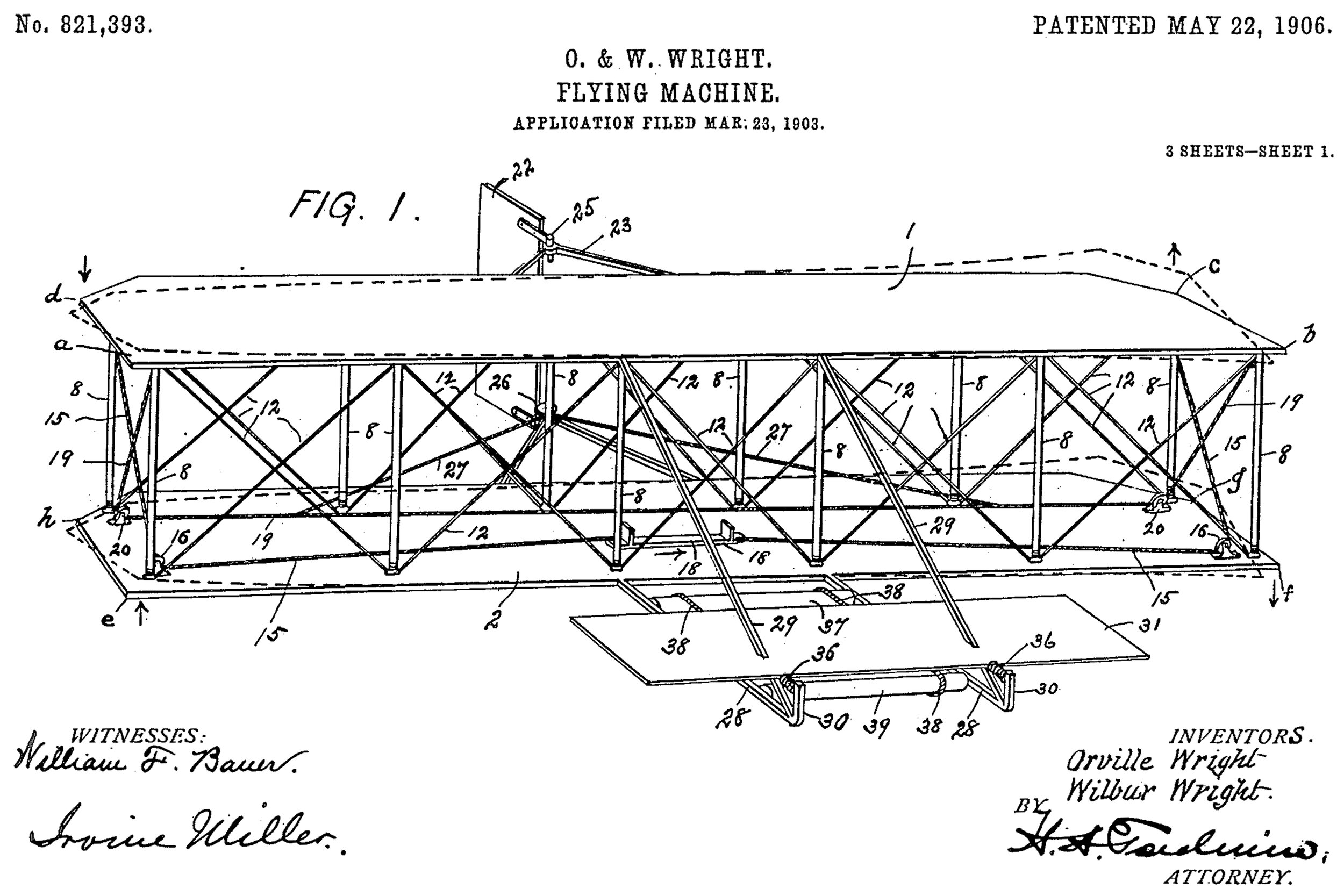
The Wright Brothers’ Flying Machine Patent
I find it fascinating to look at patent drawings of iconic designs throughout history. It’s like you’re getting a glimpse of the design process, before an object enters the public consciousness. Pictured above is a patent for the Wright Brothers’ flying machine, which has since become synonymous with the first ever powered flight. I love how drawings like this strip away any artistic style or vision, and just focus on the object itself. This is a hugely important object that lives on in the history of aviation and human achievement, but it’s rendered here in the most basic, unpretentious way.
